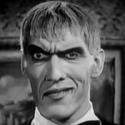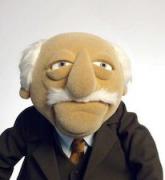
Originally Posted by
AMC

I faced a great deal of pushback (and eventually sabotage) from some quarters of my own staff when we began pushing this. There was a great deal of "They won't be able to do this!", followed by my response of "Yes, they will. I'll show you." Emphasizing grip and trigger speed/control, emphasizing holster skills, really getting into the "see what you need to see" thing by examining the visual component, and just pushing trainees and cops to go faster. Instructors and students alike were surprised when it worked. But we're really talking incremental change over time. And the amount of resistance from some so called 'instructors' that I got to actually implementing in service training in conjunction with the twice a year qualification was disgusting. Most of the guys got it (even if in reality they would rather go back inside and play 'Call of Duty'), but a couple engaged in real sabotage.....going through backchannels to command staff personnel and claiming that I was crazy, and was instituting totally unrealistic standards, and was going to try to punish members for failing to meet them. Really eye opening regarding the lengths some people will go to avoid doing their jobs.
Regarding 'processor speed', we literally quadrupled the amount of discrimination based exercises we used with the recruits, and reintroduced it for Perishable Skills training. I really think conducting those types of exercises while maintaining tight time standards is a good way to build processor speed.




 Reply With Quote
Reply With Quote



